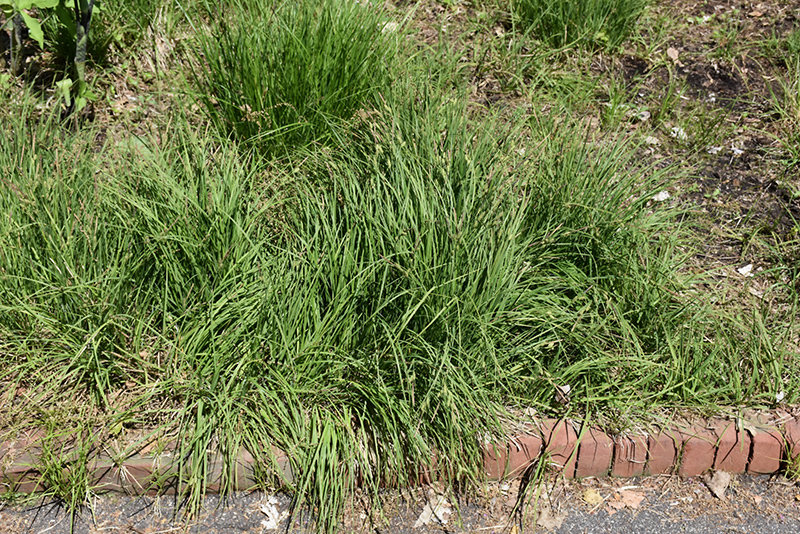Variegated Black Blooming Sedge
Carex nigra 'Variegata'
Plant Height: 12 inches
Flower Height: 16 inches
Spread: 12 inches
Sunlight:
![]()
![]()
Hardiness Zone: 4
Description:
A great plant for the rock garden or border edge; twisty tufts of light green foliage edged with yellow; contrasting black blooms rising above in summer; tolerant of wet soils
Ornamental Features
Variegated Black Blooming Sedge is primarily valued in the garden for its interestingly mounded form. It has masses of beautiful black catkins at the ends of the stems from mid spring to early summer, which are most effective when planted in groupings. Its attractive grassy leaves remain light green in color with distinctive yellow edges throughout the year.
Landscape Attributes
Variegated Black Blooming Sedge is a dense herbaceous evergreen perennial grass with a mounded form. It brings an extremely fine and delicate texture to the garden composition and should be used to full effect.
This is a relatively low maintenance plant, and is best cleaned up in early spring before it resumes active growth for the season. It has no significant negative characteristics.
Variegated Black Blooming Sedge is recommended for the following landscape applications;
- Mass Planting
- Border Edging
- General Garden Use
- Groundcover
Planting & Growing
Variegated Black Blooming Sedge will grow to be about 12 inches tall at maturity extending to 16 inches tall with the flowers, with a spread of 12 inches. Its foliage tends to remain dense right to the ground, not requiring facer plants in front. It grows at a slow rate, and under ideal conditions can be expected to live for approximately 10 years. As an evegreen perennial, this plant will typically keep its form and foliage year-round.
This plant does best in partial shade to full shade. Keep it well away from hot, dry locations that receive direct afternoon sun or which get reflected sunlight, such as against the south side of a white wall. It is quite adaptable, prefering to grow in average to wet conditions, and will even tolerate some standing water. It may require supplemental watering during periods of drought or extended heat. It is not particular as to soil type or pH. It is somewhat tolerant of urban pollution. Consider applying a thick mulch around the root zone in both summer and winter to conserve soil moisture and protect it in exposed locations or colder microclimates. This is a selected variety of a species not originally from North America. It can be propagated by division; however, as a cultivated variety, be aware that it may be subject to certain restrictions or prohibitions on propagation.

